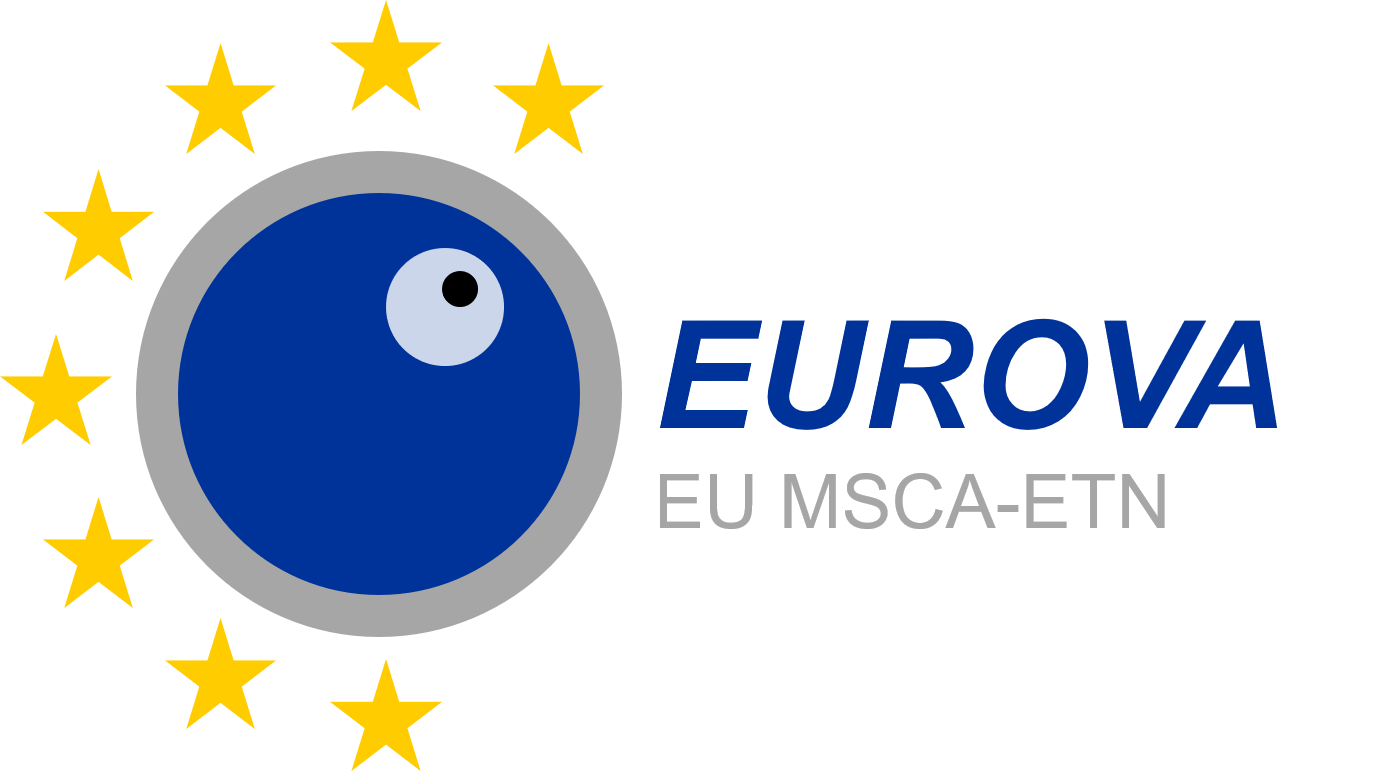ESR 15
Project: Optimizing conditions for freezing and transplantation of human ovarian tissue
Planned secondments: UCD (3 months) and IZW (3 months)
Biography
My name is Cristina Subirán Adrados and I come from a small region in the north of Spain called La Rioja. Ever since I was little, I had a great curiosity about science. I studied BSc in Biotechnology at Universitat de Barcelona in Spain and later I decided to do a Master in Regenerative Medicine and Biology at Technical University of Dresden in Germany. During those years of studying, I had the chance to work in very different projects involving different animal models, techniques, and a broad spectrum of biological fields, such as lipid metabolism, retina diseases, neurodegeneration, and complex vertebrate regeneration. After meeting many people starting or already fully committed to research, I understand why one should pursue a PhD: to contribute towards knowledge in your own best possible way and therefore improve and positively impact the world. In order words: providing the world with something you could only provide, which perfectly matches my past, current, and future motivations. In this case, my motivation is to have a science career in the field of reproductive biology. The EUROVA ITN is the perfect environment in which to develop myself by doing great science and at the same time contributing to the general knowledge in oocyte biology.
My project
My project in the EUROVA network aims to improve transplantation of frozen/thawed human ovarian tissue. Cryopreservation of ovarian tissue is currently the only available fertility preserving option for pre-pubertal girls and young women who cannot delay gonadotoxic treatment. To date, more than 130 children have been conceived following transplantation of frozen/thawed ovarian tissue (1). However, almost 70% of follicles do not survive post transplantation and pregnancy rates are low (2). The loss of ovarian follicles during transplantation is mainly caused by hypoxia and ischemia-reperfusion during the early post-grafting period (3). Revascularization of ischemic tissue creates a burst of reactive oxygen species (ROS), which enhances endothelial dysfunction, microvascular permeability, tissue swelling, and initiates an inflammatory response (3). In my project, I will explore the potential therapeutic effect of antioxidants and growth factors in ovarian tissue transplantation. The project is comprised by an in vitro part and in vivo allo-transplantation to immunodeficient mice. In the in vitro study, donated human ovarian cortical tissue will be thawed according to standard procedures and cultured with antioxidants or growth factors to evaluate direct effects on various signalling pathways and follicular survival and growth. In a parallel study, human ovarian tissue will be transplanted to subcutaneous pockets on the backs of six-week-old immunodeficient mice receiving antioxidant or growth factor treatment to evaluate follicular survival following short and long term grafting and study the underlying mechanisms affecting graft function.
Bibliography
1. Gellert SE, Pors SE, Kristensen SG, Bay-Bjørn AM, Ernst E, Yding Andersen C. Transplantation offrozen-thawed ovarian tissue: an update on worldwide activity published in peer-reviewed papers and on the Danish cohort. J Assist Reprod Genet. 2018; 35: 561-570.
2. Baird DT, Campbell B, de Souza C, Telfer E. Long-term ovarian function in sheep after ovariectomy and autotransplantation of cryopreserved cortical strips. Eur J Obstet Gynecol Reprod Biol. 2004; 113 Suppl 1: 55-59
3. Demeestere I, Simon P, Emiliani S, Delbaere A, Englert Y. Orthotopic and heterotopic ovarian tissue transplantation. Hum Reprod Update. 2009; 15: 649–65.

